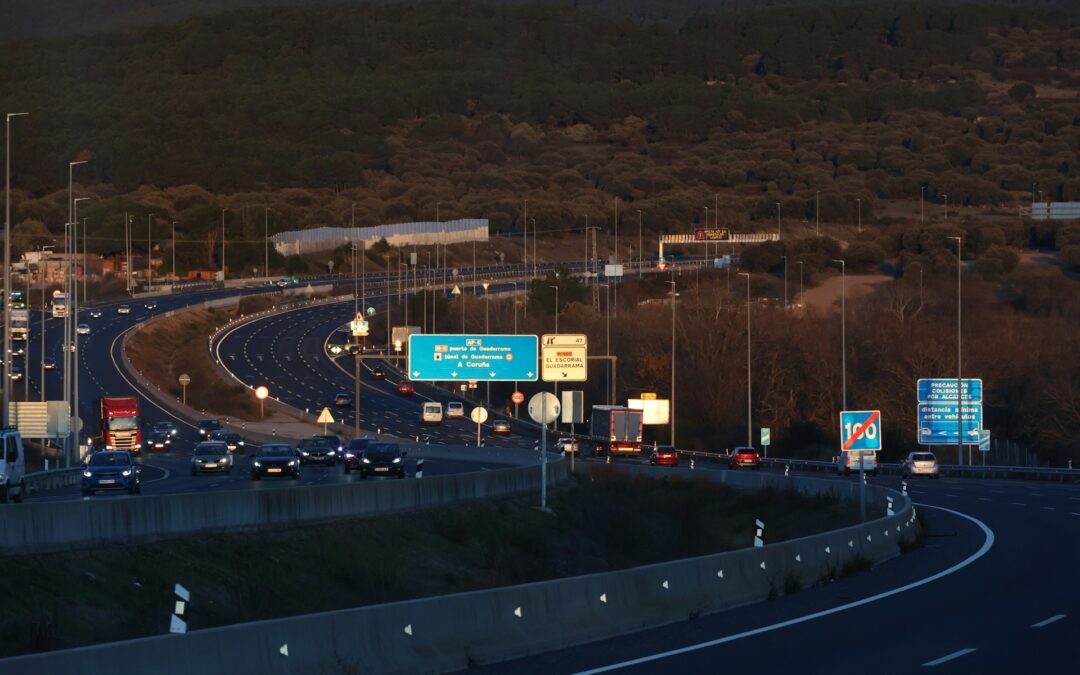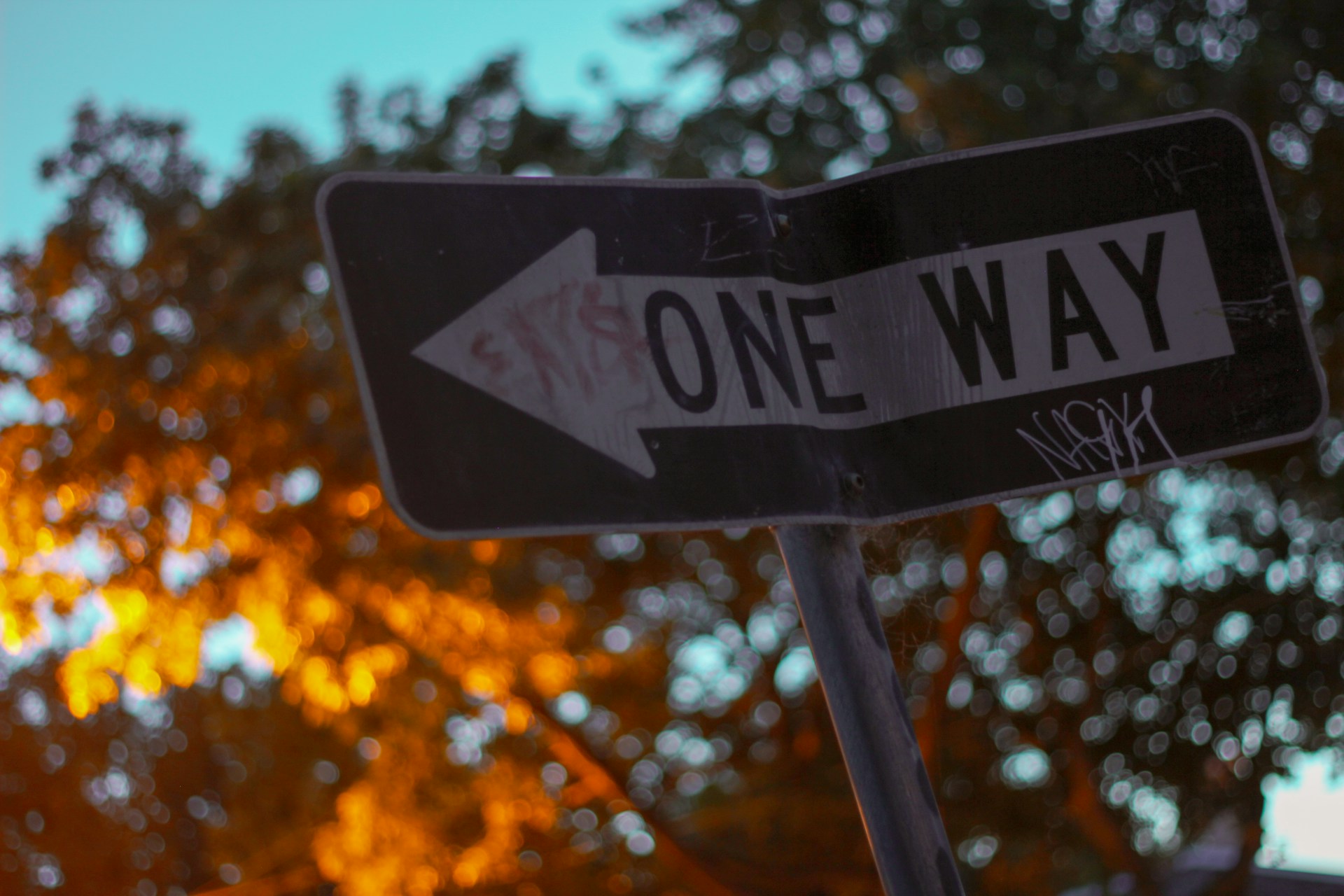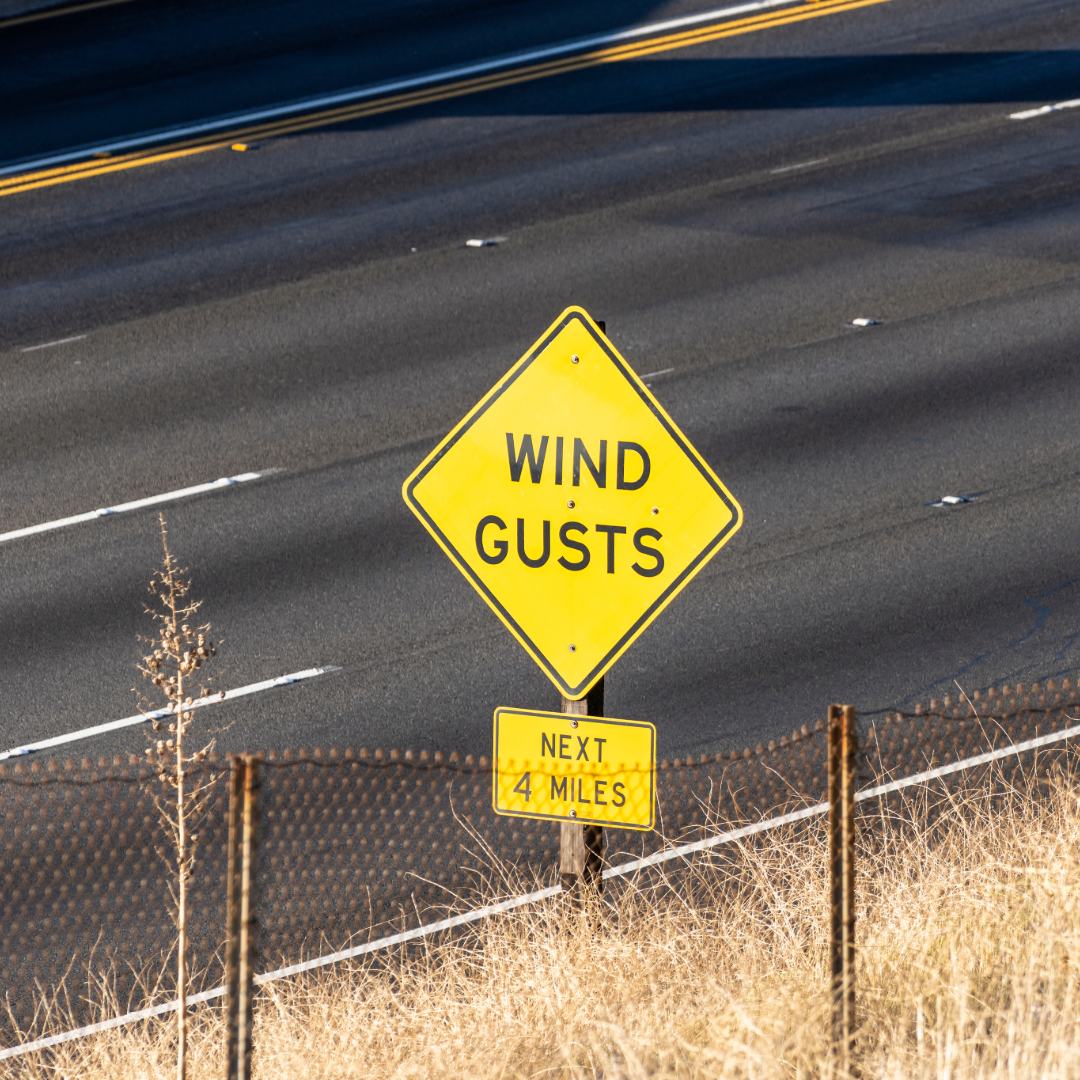You’re driving on the highway, trying to follow directions, and suddenly realize you just passed your exit. There was a sign, but it was hidden behind a tree limb or too faded to read until it was too late. That kind of missed information doesn’t just create delays. It can cause confusion, dangerous last-second lane changes, or even accidents. Clear, readable highway signs help drivers stay aware, make smart decisions, and avoid hazards.
Highway safety signs are meant to guide, inform, and warn. But when their visibility drops, the risks go up. Whether it’s fog rolling in during early fall mornings or low-hanging branches that haven’t been cut back all year, sign problems can sneak up fast. Knowing what gets in the way of seeing them clearly is the first step to fixing the issue and keeping travel safer for everyone.
Causes Of Highway Sign Visibility Problems
A lot of things can block or weaken a highway sign’s impact. These issues don’t always start big. Sometimes it’s just a few leaves growing in the wrong spot or a small dent in a sign that bends it the wrong way. But even small issues can have big effects when drivers have just a few seconds to react. Here are some of the common factors that reduce highway sign visibility:
– Weather conditions: Heavy rain, thick fog, and blowing snow all make highway signs harder to spot. Fall and early winter bring shorter days, more storms, and dimmer light. When signs aren’t designed or placed right, water streaks, glare, or shadows can block the message. Without reflective coatings, signs may vanish under headlights or sunlight.
– Nature getting in the way: Overgrown trees, tall grass, and even weeds can block signs, sometimes completely. A branch just a few inches longer can cover key words or reflector panels. This shows up more often in rural spots or areas with less frequent upkeep.
– Old, faded, or damaged signs: Over time, paint fades and reflectivity weakens. Dents or cracks bend the sign out of place or dull how well it catches headlights. When signs lose contrast, drivers can’t read them quickly enough to react.
– Bad placement or angle: Sometimes signs are simply installed in the wrong spot. They might be buried behind utility poles or mounted too close to the road. Even the angle makes a difference—tilted too far away from traffic, drivers might miss the information altogether.
These types of issues are common, but that doesn’t mean they should be ignored. Catching them early keeps roads safer and avoids accidents that could be avoided with better visibility.
Effective Solutions For Improving Sign Visibility
Improving highway sign visibility doesn’t mean you have to start from zero. Most of the time, it’s about enhancing what’s already there and giving signs a better chance to do their job. With a few upgrades and consistent care, signs can stay clear and easy to read in just about any weather or lighting.
- Reflective materials: Quality reflective materials help signs stay visible at night or during low-light conditions. These materials send light from car headlights straight back to the driver, making them easy to spot from a distance. One of the most common upgrades is retroreflective film, which holds up better over time.
- LED lighting and flashing signs: In areas with changing weather or quick traffic moves, LED lights on warning signs can grab attention fast. These signs may flash or stay solid, and many are solar-powered, making them easier to maintain once installed.
- Routine maintenance checks: A regular check-up plan catches problems before they turn serious. Maintenance tasks include cleaning dust and dirt buildup, trimming plants, fixing lean or crooked signs, and replacing hardware that keeps signs sturdy.
- Improved sign placement: Sometimes the simplest fix is moving a sign a few feet higher or further back from the road. Good placement follows line-of-sight standards and considers how fast people are driving. Small tweaks in positioning can make a sign far more useful.
- Technology that updates in real time: Variable message boards and electronic displays give live updates about road conditions, traffic, or hazards. These tech-forward signs help drivers make quick choices and stay alert to what’s ahead. They work especially well in areas with frequent change like construction zones or high-traffic intersections.
Each of these methods works well by itself, but they’re even better when used together. Layering these fixes gives a longer-lasting result that holds up even during major seasonal changes or harsh road use.
How Communities And Crews Can Work Together
Even with all the best materials and strategies, good signs still need eyes on them. That’s where local communities and highway crews step in. It isn’t always the big issues that matter most—it’s the small things locals notice and report that keep roads in good shape.
Work crews handle installations, replacements, and repairs. They trim back trees, adjust angles, clean up dirt or grime, and take care of signs after weather damage or accidents. But they can’t be everywhere at once. That’s why drivers spotting a blocked sign or a face-down post can really make a difference by reporting it right away.
What makes cooperation between local drivers and crews more successful:
– Easy-to-use reporting apps or hotlines
– Scheduled town feedback surveys or checkpoints
– Quick response teams for high-risk areas with poor visibility
It works best when the people who drive these roads daily feel part of the fix. The faster a problem is reported, the faster it gets handled, cutting the risk of crashes or missed exits.
Small Changes, Big Impact On Road Safety
Pavement markings, warning signs, and lane indicators are quiet but important helpers on the road. When they’re clear, drivers react quickly and make safer choices. When they fade or get blocked, every second a driver loses can raise the risk of a mistake.
Fixing highway sign visibility doesn’t need to be complicated. A new layer of reflective material, a quick trim of an overgrown tree, or double-checking the sign angle might be all it takes. Putting these fixes into action improves travel for commuters, truckers, families on vacation—really anyone behind the wheel.
Taking care of highway safety signs is one of those behind-the-scenes efforts that pays off big. The more clearly drivers can see the way forward, the smoother and safer the journey becomes. Everyone benefits when the signs say what they should, right when you need them most.
Improving road safety starts with visible and effective highway signs. At Hyperformance Traffic Safety Supplies, we provide the tools and materials needed to keep your roads safe and easy to navigate. Explore our selection of highway safety signs and see how small upgrades can make a big difference in your community.




